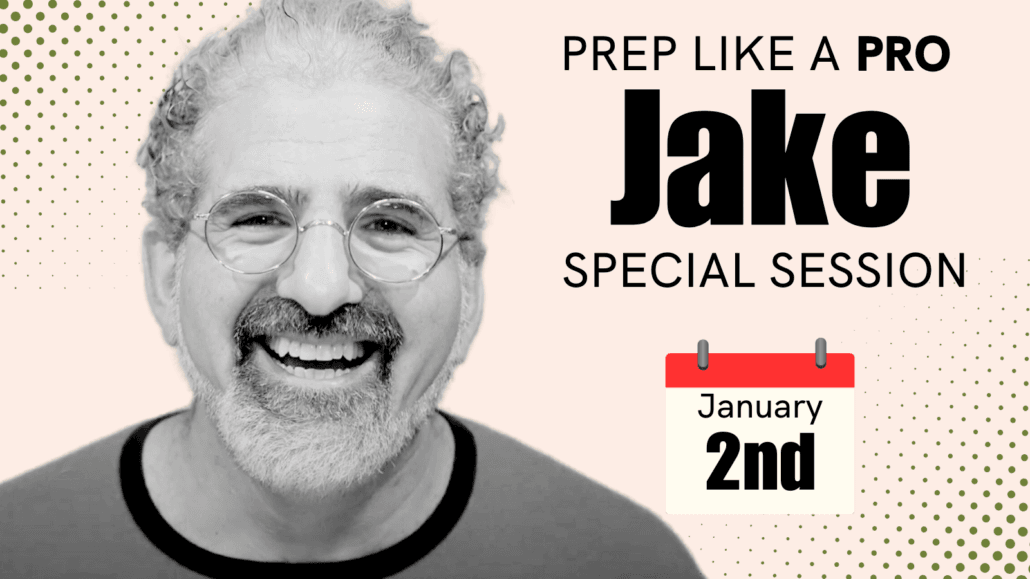[spb_text_block pb_margin_bottom=”no” pb_border_bottom=”no” width=”1/1″ el_position=”first last”]
Breaking The Chain of Writer’s Block: Part 3
By Jacob Krueger
[/spb_text_block] [divider type=”thin” text=”Go to top” full_width=”no” width=”1/1″ el_position=”first last”] [spb_text_block pb_margin_bottom=”no” pb_border_bottom=”no” width=”1/1″ el_position=”first last”]
Shift The Focus of Your Feedback
Click here to read Part 1 & Part 2 of the series.
Here’s a great exercise that can get you started changing the way you relate to your inner artist. Next time you find yourself feeling blocked, listen for the words you’re saying to your inner artist. It might be hard to hear them at first. You may just feel a general sense of anger, frustration, or despair. But if you listen carefully, you’ll find that there are words underneath. Go ahead and write them down. Now, in a second column, replace each of these negative comments with two positive comments.
Sound easy? Here’s the trick.
Your positive comments must be true. And you have to believe them.
Like all children, your inner artist can detect false praise from 200 miles away. You’ll feel silly saying it. And they won’t believe you anyway. For example, if you heard yourself saying “this dialogue sucks” your first instinct might be to replace it with “This dialogue is awesome!” and “I love this dialogue!”
But the truth is, if you were already in the place where you could believe that, you probably wouldn’t be reading this article.
So instead, you’ve got to work hard to find something that you can believe. For example, “this dialogue sucks” might transform into a statement of curiosity like “I wonder how this character talks?” And while you might not be able to say “I love this dialogue” you might be able to say “I like the idea of this line”. When you switch abusive statements into positive ones that you can truly believe, you allow your inner artist to stop cowering in the corner, and start to get curious and creative. You give them a foundation upon which to build, by honoring the work they’ve already done, and pointing them in the right direction.
Invite your inner artist to start trusting you again.
If you’ve ever worked with an abused child, you know that establishing this trust may take time. And it may even take counseling. But if you keep on using this exercise, you’ll be shocked one day when your inner artist suddenly shows up at the computer, and you start to feel the excitement with writing you once felt as a child.
Check out the final installment of this series, in which I discuss how to take these concepts to the next level, and get your creative child to play ways that serve your grown up creative goals.
[/spb_text_block]



